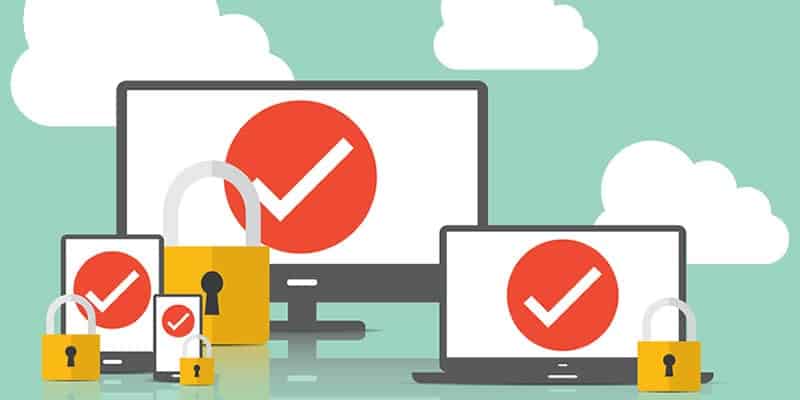Last week, the United States Senate passed the Cybersecurity Information Sharing Act by an unusually bipartisan vote of 74 to 21. But tech experts have already said that CISA may be mostly ineffectual when it comes to preventing the cascade of cyberattacks that have come to dominate the news.
Why? Because hackers make their techniques more sophisticated every single day—and CISA, the central feature of which is an agreement allowing private companies and the government to share information about the digital trail or “signature” of online attackers, was debated in Congress for years. The New York Times described the bill as “a little like the insistence of some cavalry officers in the 1930s on sticking to horses, rather than investing in mechanized divisions.” Senior cybersecurity officials in President Obama’s administration described CISA as “so 2009.”
Meanwhile, sponsors of the bill admitted that it couldn’t have stopped North Korean hackers from bringing down the systems of Sony Pictures Entertainment last November. Or prevented the Chinese from illicitly accessing the records of 22 million Americans thanks to a breach in the Office of Personnel Management’s security. Or stopped Russians from hacking unclassified emails from the State Department and the White House. And those are just a few of the most high-profile examples; Verizon’s 2015 Data Breach Investigations Report estimated that the 70 organizations that responded to its survey, saw more than 700 million records get compromised in 2014, leading to a financial loss of $400 million.
Jonathan Zittrain, a Harvard law professor, believes that CISA’s focus on collecting the “signatures” of known hackers and then sharing them with the Department of Homeland Security, the National Security Agency, the FBI, and select major corporations represents an outdated approach. “I think the fruits of detecting signatures and patterns of broad attacks are already picked,” Zittrain told the New York Times. The biggest threats are far more customized, he added: “elements of social engineering or betrayal of an employee with access to data or code.”
Obviously, none of us expect a federal law to keep our computers and systems safe. But what can you do? CMIT recommends the following courses of action:
4 Ways to Keep Your Systems Safe
1) Have a trusted IT professional assess the security of your systems. Due to the constantly shifting nature of cyberattacks, stopping them requires more than just antivirus and a firewall. Limiting admin rights for user PCs, applying DNS filters, implementing strict browser settings, and employing constantly updated behavioral anti-spyware can help. But these are complicated measures that most business owners don’t have the time or ability to keep up with. However, an IT professional like CMIT Solutions specializes in that kind of 24/7 service.
2) Be aware of illicit attempts to infiltrate your systems sent via unrecognized attachments or links from unfamiliar email addresses. Targeted email-based attacks against small businesses have been on the rise since 2013, so make sure you and your employees understand how they work. Nearly 30% of all security breaches occur when hackers use sensitive information to impersonate a user—and all it takes is one person unwittingly clicking on a malicious email attachment or illicit web link to affect an entire network. The bottom line? Do NOT click on any email attachments or embedded links unless you trust the sender or source and are expecting said attachment or link.
3) Check the email header, subject lines, and body copy meticulously for small errors. Beyond infected links and attachments, email compromise often involves impersonating email accounts but with one extra letter, or copying commonly used verbiage to create the impression that it’s a legitimate email. You can’t check every single email for these kinds of details, but any message that involves financials or the transfer of funds should be reviewed for minor spelling errors, extra characters, or naming discrepancies.
4) Employ proactive services to identify and resolve issues before they occur. Static defenses are just one part of the security strategy: strong proactive monitoring and management, backup and disaster recovery, antivirus, anti-malware, anti-spam, and anti-spyware solutions are also required to protect your data and systems.
Even if it seems like the data breach tide won’t stop advancing, the right policies and procedures can keep your business safe. Contact CMIT Solutions to learn more about our commitment to cybersecurity.

